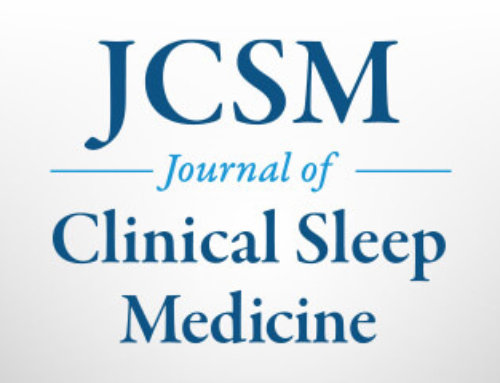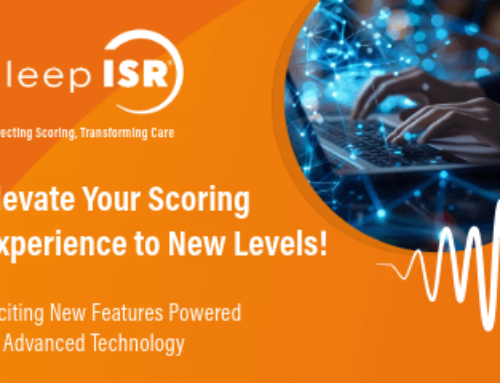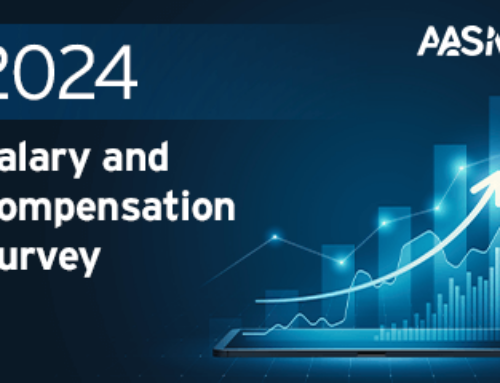RE: Presidential Task Force on Selection of AASM Board of Directors and Officers
Dear Colleague,
Earlier this month, nearly 5,000 members of the sleep community gathered in Seattle for SLEEP 2009, which marked the 23rd Annual Meeting of the Associated Professional Sleep Societies.
A hallmark of the SLEEP meeting is its robust scientific program. The numerous sessions allow members of our field – everyone from young investigators to established sleep medicine scientists to sleep medicine clinicians – to discuss new research and learn about advances in clinical practice. I thank the APSS Program Committee, with special recognition to Chair Dr. Michael Sateia, for their work in creating an outstanding scientific program.
The SLEEP meeting also is an opportunity to come together as an organization to review our successes, welcome new leadership and set goals for the coming year. This year at the Membership Meeting I had the honor of being installed as President of the American Academy of Sleep Medicine (AASM), and I welcome this opportunity to serve the field I first explored as an undergraduate at Stanford University. The meeting afforded me the opportunity to outline my goals for the coming year, and, if you did not have the opportunity to attend, I encourage you to read my talk, which will be available online later this week.
Last year, a letter signed by 44 members, challenging the nominating process outlined in our by-laws was sent to the AASM. Recognizing the concern expressed by these members and the importance of this issue, Dr. Susie Esther appointed a Presidential Task Force to conduct a comprehensive review of the AASM election process.
After Dr. Esther appointed the Presidential Task Force on Selection of AASM Board of Directors and Officers, the Board of Directors received a proposal challenging the nomination and election process that originated within the Sleep Related Breathing Disorders Section. As the work of the established Presidential Task Force on Selection of AASM Board of Directors and Officers was already underway, the Board of Directors reviewed the recommendation but did not accept the proposal pending the report of the task force.
The Board of Directors supports Sections as an educational forum for members to discuss the latest findings and developments in sleep medicine and sleep research. However, Sections, and standing Committees, are not an appropriate pathway for recommendation of changes to the bylaws or governance. Chapter 11 outlines the provision within the bylaws by which members can recommend amendments to the AASM. This provision is a mechanism that prevents a single entity within the membership, in this case the Sleep Related Breathing Disorders Section, which is the largest Section, from dominating the membership. An additional important and relevant point: membership with a Section is strictly voluntary and members may join multiple Sections, but they must designate a primary Section in which they hold voting rights. I encourage all AASM members to join one since, besides providing a means of discussing progress toward answering the latest clinical and research questions, they serve to introduce and educate older clinicians and investigators in current sleep science by more experienced and established sleep specialists.
The task force, chaired by Past President Dr. Larry Epstein, represented the diversity of our membership and included members of the AASM who have had integral roles within our organization and the field: Ruth Benca, MD, PhD; William Kohler, MD; Thomas Roth, PhD; Michael Sateia, MD; Edward Stepanski, PhD; and me. The task force met every month, and as part of its review process, surveyed the nomination and election procedures of thirty-two membership organizations. The task force compared the nomination and election process of these organizations to the current process outlined in our bylaws. The task force also reviewed our programs, activities and initiatives, funding and evaluated how each complements and fulfills our mission.
At the Membership Meeting in Seattle, Dr. Esther offered a preview of the report in advance of the July Board of Directors meeting. I encourage you to read her talk, which will be available online later this week, to learn more about the work of this task force and its findings. I trust you will find their unanimous, consensus statements to be very enlightening and reasonable, and their recommendations to be thoughtful.
At its July meeting, the Board of Directors will discuss, in-depth, the report and the recommendations of the task force. Keeping in-line with the transparency that has been a priority throughout this evaluation process, the over 40-page report, which contains 7 conclusions and 8 recommendations, will be made available to members online for review.
I look forward to leading this next chapter and will report to you after the Board of Director’s meeting in July.
As with my predecessors, I look forward to maintaining an open dialogue with you, and invite you to contact me with questions and comments. I also place an emphasis on open communication, and will correspond with you regularly regarding activities of the organization as well as initiatives and policies of the Board of Directors.
Best,
Clete Kushida, MD, PhD, RPSGT
President




